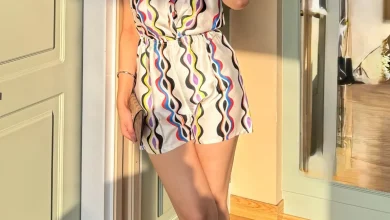Improve Your Back and Lumbar Support With a Wedge Seat Cushion

Back ache is a actual difficulty for some who spend too much time in a chair with insufficient back support. A chair that isn’t always designed for back and body support can slowly put on down your muscle mass and spine over the years and create chronic ache.
Often the support system of a chair can be improved with a seat pad or lumbar back aid cushion. A more recent class of seat pads that also can assist on this area is a wedge seat cushion.
Orthopedic troubles aren’t most effective a hassle for those who play sports activities, are very tall, or suffer an coincidence. Back problems which include coccyx pain can come on step by step from simply sitting in a chair that you’re your lower back and spine in a barely off function.
This more attempt in your muscle tissues over time can finally result in persistent pain, just from sitting on your office chair all day.
This is in which a wedge seat cushion is available in and allows to prevent back problems. A wedge cushion creates extra elevation to the again portion of your seat, and creates a forward attitude for the frame.
If used successfully, your backbone and lower back may be successfully placed with the intention to relieve your muscle groups from the additional strain. This creates a more comfortable sitting scenario, and frequently a relief to continual returned ache.
If you are the use of a comparable seat pad, like a lumbar back support cushion or rubdown cushion, but are not seeing any effects in phrases of long term consolation, you would possibly keep in mind a wedge seat cushion.
Because wedges have one of a kind targets in relation to converting your seat position, they may have different outcomes than lumbar or regular seat cushion. Wedge cushions are particular in form and technique and as a result can be better than what you’ve attempted.
When deciding on a wedge pad to your seat or chair, pay interest to 3 key attributes. One is the cloth it’s miles crafted from. Many nowadays are crafted from memory foam, which is wonderful for any form of seat cushion.
It can provide first rate help that shapes exactly for your frame. You ought to also examine the height and thickness of the wedge, and that is where you’ll get exceptional effects depending on those dimensions.
You may additionally even discover some unique merchandise like inflatable wedge cushions that use air as the help mechanism.
These let you adjust the aid degree and softness of the cushion by using increasing or decreasing the air stress in the wedge cushion. These inflatable cushions have received pretty true evaluations thus far.
If you’ve got a seat that is inflicting some sort of muscle ache or continual back ache, and conventional again seat cushions have now not solved your hassle, then recollect a wedge seat cushion. This may thoroughly be the solution to your sitting problems.



